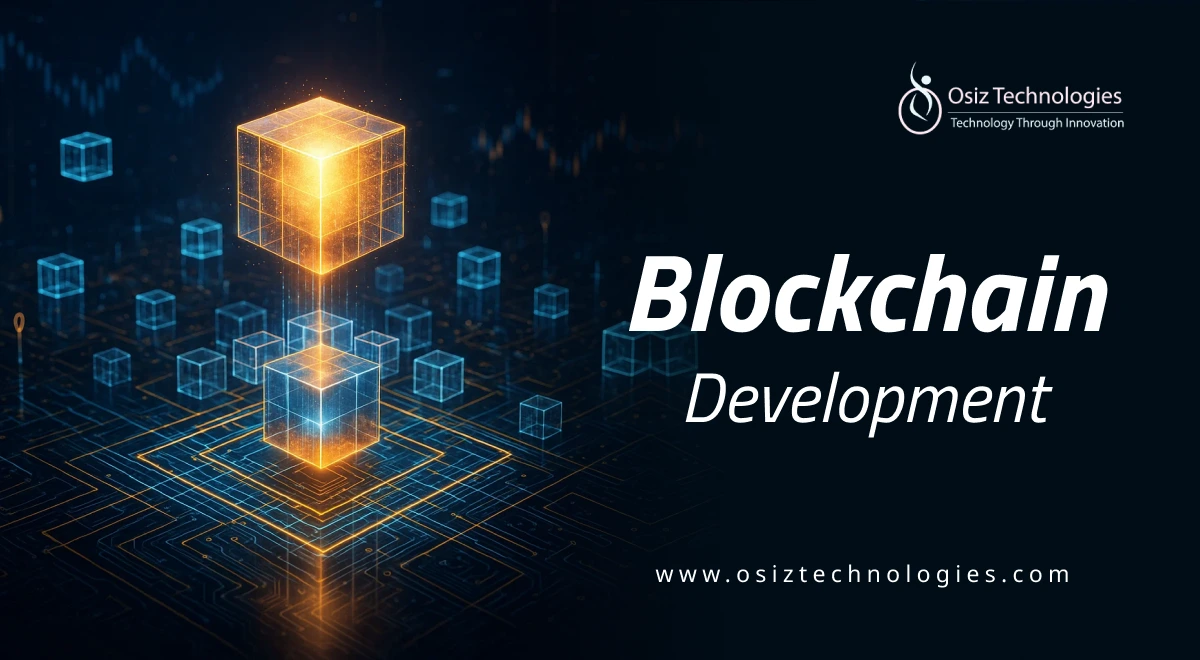Building a smart contract on Ethereum can seem daunting, especially for beginners. However, with the right guidance and tools, anyone can create, deploy, and interact with smart contracts. In this comprehensive guide, we will walk you through the entire process of Ethereum smart contract development, from understanding the basics of blockchain technology to deploying your first contract on the Ethereum network. We'll cover essential topics such as Solidity coding, using Remix IDE, and best practices for writing secure smart contracts. Whether you're a developer looking to enhance your skills or a newcomer eager to dive into the world of blockchain, this guide is tailored for you.
Understanding Smart Contracts
Smart contracts are self-executing contracts with the terms of the agreement directly written into code. They run on the Ethereum blockchain, ensuring transparency, security, and immutability. When certain conditions are met, the contract executes automatically, eliminating the need for intermediaries.
How Smart Contracts Work
Smart contracts operate on the Ethereum Virtual Machine (EVM), which executes the contract code. Each contract has its own address on the blockchain, allowing users to interact with it. The code is written in Solidity, a programming language specifically designed for Ethereum.
Setting Up Your Development Environment
Before diving into coding, you need to set up your development environment. Here’s a step-by-step guide:
Install MetaMask
MetaMask is a cryptocurrency wallet that allows you to interact with the Ethereum blockchain. Download the MetaMask extension for your browser and create an account.
Choose an IDE
For writing your smart contracts, you can use Remix IDE, a powerful web-based tool that simplifies the development process. It provides a user-friendly interface for coding, compiling, and deploying smart contracts.
Compiling Your Smart Contract
Once your contract is written, the next step is to compile it. In Remix IDE, you can easily compile your Solidity code by clicking on the “Compile” button. This process converts your code into bytecode that can be deployed on the Ethereum blockchain.
Deploying Your Smart Contract
After compiling, it’s time to deploy your contract. Here’s how:
Using Remix IDE
In Remix, navigate to the “Deploy & Run Transactions” tab. Select the environment (choose “Injected Web3” to use MetaMask), and click “Deploy.” Confirm the transaction in MetaMask, and your contract will be live on the Ethereum network.
Deploying to a Testnet
Before deploying on the main Ethereum network, it’s wise to test your contract on a testnet like Ropsten or Rinkeby. This allows you to experiment without spending real Ether. You can obtain test Ether from a faucet.
Interacting with Your Smart Contract
Once deployed, you can interact with your smart contract. In Remix, you can call functions directly from the interface. For example, to update the message, simply enter a new value and click the corresponding button.
Best Practices for Ethereum Smart Contracts
Writing secure smart contracts is crucial. Here are some best practices:
- Keep it simple: Avoid complex logic that can lead to vulnerabilities.
- Test thoroughly: Use unit tests to ensure your contract behaves as expected.
- Use established patterns: Familiarize yourself with common design patterns in Solidity.
- Audit your code: Consider having your contract audited by professionals.
Gas Fees for Smart Contracts
Every transaction on the Ethereum network incurs gas fees, which are paid in Ether. These fees compensate miners for processing transactions. When deploying or interacting with smart contracts, be mindful of gas costs, as they can vary significantly based on network congestion.
Verifying Your Smart Contract on Etherscan
After deploying your contract, you can verify it on Etherscan, a blockchain explorer. Verification allows users to view your contract's source code and increases trust. To verify, navigate to Etherscan, find your contract address, and follow the verification process.
Conclusion
Building a smart contract on Ethereum is an exciting journey that opens up numerous possibilities in the blockchain space. By following this guide, you’ve learned the essential steps, from writing and deploying your first contract to understanding best practices and gas fees. As you continue your Ethereum smart contract development journey, remember to stay updated with the latest trends and practices in the blockchain ecosystem. If you need assistance or want to delve deeper into Ethereum development, connect with us at Osiz Technologies.
Listen To The Article










